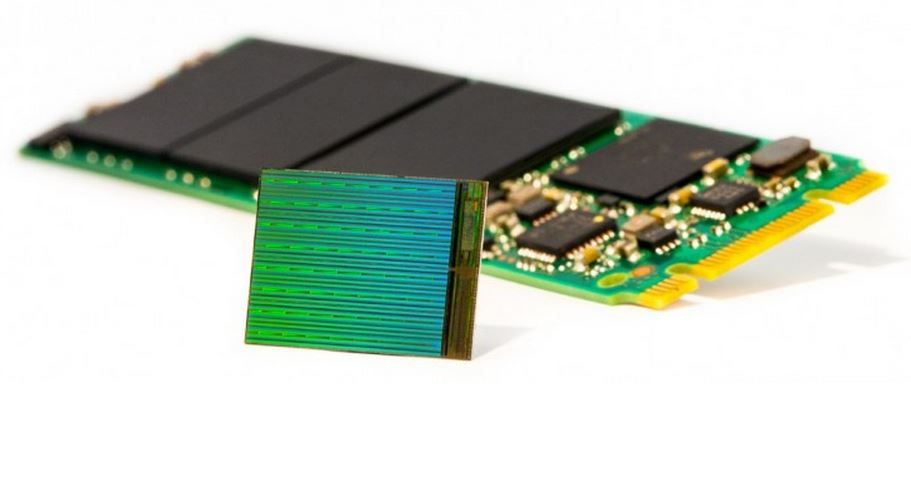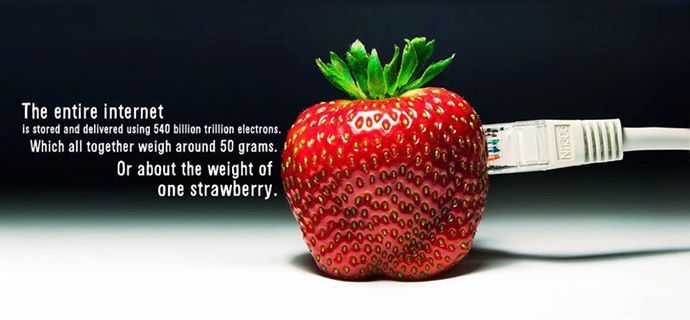The BiCS uses 48-layer stacking process that improves reliability and speed. Toshiba was the company that invented flash memory and has the 15nm NAND cells which are the smallest in the world.
Right now company is gearing up for its mass production and giving out samples to the companies.
These new developments made by Micron and Intel, and Toshiba will take about one year to reach the market. These 3D SSDs will give a tough time to the existing players and will provide better speeds and more storage at cheaper rates to users.





